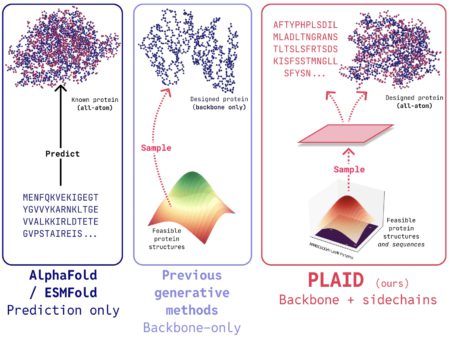Open banking is the practice of banks sharing some of their financial data and services to developers for third-party financial service providers through an API. Open banking has accelerated the digitization of the financial services and banking industries. It also helps foster innovation and enhance customer experience by helping create customer-centric, personalized services and experiences.
MongoDB has been at the forefront of this revolution. Specifically, MongoDB helps financial institutions worldwide take advantage of OpenAPI. This open-source technology enables an organization’s applications, software, and digital platforms to connect and exchange data with third-party services efficiently and securely.
An example is VPBank. One of Vietnam’s largest private banks, it serves over 30 million customers. In 2020, VPBank was the first Vietnamese bank to adopt MongoDB Atlas for OpenAPI.
Working with MongoDB, VPBank moved to a microservices architecture, which supported the creation of its own OpenAPI platform and set a new standard for digital banking in Vietnam.
Speaking at MongoDB Day in Vietnam in November 2024, Anh K. Pham, Head of Database Services and Operations for VPBank, shared how MongoDB set up the bank for success with open banking.
Migrating from the relational model to the document model
Before working with MongoDB, VPBank operated in SQL.
The COVID pandemic and the rise of models such as open banking in the early 2020s mandated rapid digitization of banking operations and services. VPBank realized it needed to build the next generation of intelligent banking services to remain competitive. This was not feasible with traditional relational database management systems and the SQL model.
VPBank’s primary goal was to harness the power of data and to more efficiently manage unstructured data. This meant switching to an agile architecture based on microservices.
“When I was introduced to NoSQL, it made sense,” said Pham. “Data is not always structured. There’s a bunch of different data points here and there, and you can’t make anything of it. But it has to be stored somewhere, it has to be read, and it has to be fed into your applications.”
MongoDB Atlas was hosted on Amazon Web Services (AWS) as part of VPBank’s cloud transformation journey. The bank chose MongoDB Atlas for its ability to handle multiple workload types, which had been inadequately supported by its relational databases. These workloads include time series data, event data, real-time analytics, notifications, and big data (like transaction histories, catalog data, and JSON data).
Powering 220 microservices with flexibility, scalability, and performance
VPBank’s OpenAPI platform consists of over 220 microservices, and it processes more than 100 million transactions per month. By supporting these transactions, MongoDB is ultimately helping VPBank enhance customer experiences and streamline operations.
By using MongoDB Atlas, VPBank can better unlock the power of its data to quickly build data-driven applications and services on its microservices architecture. It experienced three substantial benefits by using MongoDB:
Flexibility: MongoDB Atlas empowers VPBank to handle complex data, conduct rapid development and iterations, and facilitate efficient API development with BSON.
Scalability: MongoDB enables dynamic scaling to handle increasing workloads. Additionally, horizontal scaling distributes data across multiple servers to handle high volumes, spikes in transactions, and API requests.
Performance: MongoDB Atlas’s performance capabilities enable VPBank to manage large volumes of data in real time, regardless of acute throughput and latency demands.
We have flexibility; we have scalability; we have performance. Those are the main things we want to look at when we’re talking about banking. I need to be flexible. I need to be scalable. I need my performance to be high, because I want my customers to not wait and see if their money is going to go through or not,
Ahn K. Pham, Head of Database Services and Operations, VPBank
Using OpenShift Container Platform (OCP), VPBank deployed a microservices architecture to run its Open Banking services.
“Choosing MongoDB as the modern database was the best choice since it can handle multiple types of data workloads with the performance we needed,” said Pham.
Looking to the future
VPBank plans to continue its cloud transformation journey. “We’re continuing to migrate our applications from on-premises into the cloud, and we’re continuing to modernize our applications as well,” said Pham. “That means that maybe those other databases that we used to have might be turning into MongoDB databases.”
VPBank is also looking at MongoDB to support its AI-driven future: “We really want to focus on AI and data analytics, pulling information from all our customers’ transactions,” explained Pham. “We want to ensure that what we build caters to our 30-plus million customers.”
Visit our MongoDB Atlas Learning Hub to boost your MongoDB skills.
To learn more about MongoDB for financial services, visit our solutions page.
Source: Read More

